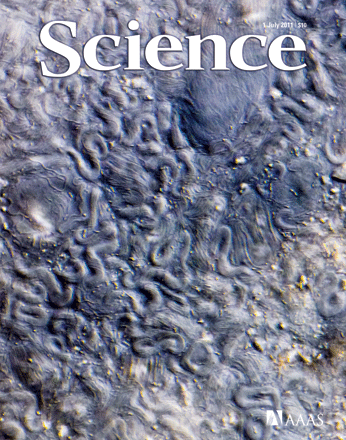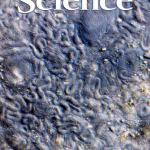 Most nutritional therapists and others that regard the role of the bacterial populations in the human gut as being a significant part of our capacity to operate and function in health or otherwise, understand that food choice has an effect.
Most nutritional therapists and others that regard the role of the bacterial populations in the human gut as being a significant part of our capacity to operate and function in health or otherwise, understand that food choice has an effect.
A recent study on mice published in Science raises some very interesting early observations.[1] The same group published an earlier study exploring the same strategy.[2] Aware that food choices alter bacterial colony ratios and may favour certain bacterial species over others, mice were impregnated with a small number of commonly found human bacteria (10) and then were fed, via human pureed baby food concentrations of 4 commonly consumed ingredients. The researchers state that some 60% of the variation in species is attributable to dietary food choice.
This suggests a very significant opportunity for bacterial ratio changes based on food selection and may represent a strategy from early life to favour those species generally recognised as being most beneficial.
This is only a mouse model, but further studies will be forthcoming I am sure.
The 10 bacterial species were introduced into germ-free mice to create a model community with representatives of the four most prominent bacterial phyla in the healthy human gut microbiota.
Their genomes encode major metabolic functions that have been identified in anaerobic food webs, including the ability to break down complex dietary polysaccharides not accessible to the host (Bacteroides thetaiotaomicron, Bacteroides ovatus, and Bacteroides caccae); consume oligosaccharides and simple sugars (Eubacterium rectale, Marvinbryantia formatexigens, Collinsella aerofaciens, and Escherichia coli); and ferment amino acids (Clostridium symbiosum and E. coli). They also included two species capable of removing the end products of fermentation: a H2-consuming, sulfate-reducing bacterium (Desulfovibrio piger) and a H2-consuming acetogen (Blautia hydrogenotrophica). Many of these are unfamiliar to practitioners and clinicians and are rarely reported on stool sples, due to culturing problems. Remember approximately 99% of human gut bacteria cannot be identified by traditional culture techniques.
They used a series of refined diets in which each ingredient represented the sole source of a given macronutrient
- casein = protein,
- corn oil = fat,
- cornstarch = polysaccharide, and
- sucrose = simple sugar
in which the concentrations of these four ingredients were systematically varied. To test whether the modelling framework they used generalises to diets containing food more typically consumed in human diets, they created 48 meals consisting of random combinations and concentrations of four ingredients selected from a set of eight pureed human baby foods (apples, peaches, peas, sweet potatoes, beef, chicken, oats, and rice).
In simple terms the ratios of these bacteria changed and they changed in line with different food source combinations.
In the coming years I predict we will have a much clearer plan as to how we favour food recommendations to manage functional and pathological gastrointestinal problems.
References
[1] Faith JJ, McNulty NP, Rey FE, Gordon JI. Predicting a human gut microbiota’s response to diet in gnotobiotic mice. Science. 2011 Jul 1;333(6038):101-4. Epub 2011 May 19. View Abstract
[2] Goodman AL, Kallstrom G, Faith JJ, Reyes A, Moore A, Dantas G, Gordon JI. Extensive personal human gut microbiota culture collections characterized and manipulated in gnotobiotic mice. Proc Natl Acad Sci U S A. 2011 Apr 12;108(15):6252-7. Epub 2011 Mar 21. View Full Paper





